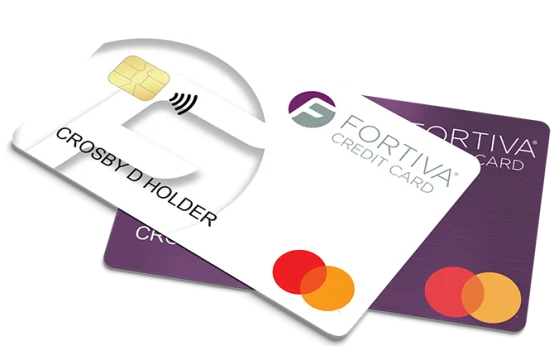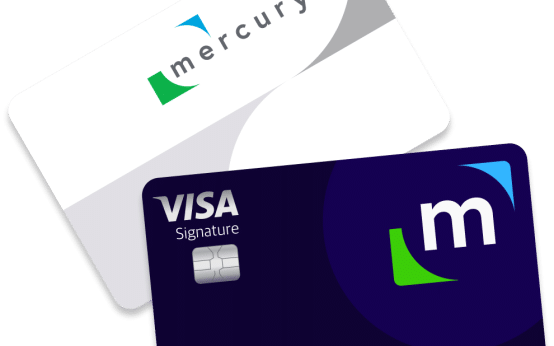
The world of loans is vast and diverse, playing a crucial role in people’s lives, whether it’s to buy houses, cars or, as discussed in the previous text, to invest in higher education.
Lending companies such as Sallie Mae play an essential role, providing affordable and flexible options that allow individuals to achieve their financial goals, from purchasing a home to investing in education to advancing their careers.
These companies are key to making the financing of large projects more accessible and reachable to a wider audience.
Sallie Mae student
Helping more students access education Fill out an entry in 2 minutes or less, with no essay!How Sallie Mae Student works
Sallie Mae Student Loans function within the standard framework of student loans in the United States. The process is relatively straightforward and comprises several key steps:
It all begins with an application submitted by the student or their legal guardian, typically through Sallie Mae’s website.
The application undergoes review, during which Sallie Mae assesses various factors, including the borrower’s capacity to repay the loan, in order to make an approval decision.
Once approved, Sallie Mae establishes the loan’s terms, encompassing details such as the interest rate, loan amount, and repayment duration. These terms are influenced by the loan type, the borrower’s creditworthiness, and other relevant variables.
Subsequently, the borrower signs a contract that outlines the loan’s terms and conditions. It is of utmost importance to thoroughly comprehend the contract before appending a signature.
The commencement of repayment occurs when the student finishes their studies or transitions to part-time enrollment or less.
At this point, the grace period concludes, and the borrower embarks on making regular payments, encompassing both principal and interest. The specifics of the repayment period and method are determined by the loan’s terms.
Main benefits of Sallie Mae
Sallie Mae student loans present several appealing benefits for students and their families. These advantages include competitive interest rates, providing the potential for reduced monthly payments and long-term savings.
Notably, Sallie Mae allows for loan discharge in cases of the borrower’s death or disability, offering peace of mind by eliminating the debt burden in such unfortunate circumstances.
Furthermore, Sallie Mae is accommodating to a broader spectrum of credit scores, making higher education accessible to a more diverse group of students. Their streamlined application process is a time-saving feature that simplifies the borrowing experience.
In addition to these benefits, Sallie Mae offers a wide array of loan options, encompassing both federal and private student loans. This diversity empowers borrowers to select the loan that aligns with their specific needs and circumstances.
Main disadvantages of Sallie Mae Student
Sallie Mae student loans come with a range of benefits, but it’s equally important to be aware of the potential disadvantages that students and borrowers might encounter when choosing this financial option.
Variable Interest Rates pose a significant concern, even though Sallie Mae offers competitive rates. Many of their student loans feature variable interest rates, leading to fluctuating rates over time. This unpredictability can result in higher and less predictable monthly payments as interest rates rise.
Accumulating Debt is an inherent aspect of any student loan, including those from Sallie Mae. The burden of debt can have a lasting impact on a student’s financial situation post-graduation, which is a concern for many borrowers.
Credit Requirements, although Sallie Mae is relatively accommodating to borrowers with moderate credit scores, may still impose credit criteria that some students cannot meet. This limitation can restrict access to student loans.
Inability to Repay post-graduation can lead to substantial financial difficulties for students. Meeting the repayment terms and conditions can be particularly challenging for some borrowers, especially if the loan amount is substantial.
How to apply Sallie Mae student
To apply for a Sallie Mae student loan, you can follow a relatively simple process. Below are the general steps for applying for Sallie Mae Student Loans:
- 1. Gather personal and financial information: Before beginning the application process, it is useful to have personal information at hand, including your Social Security number, contact information, academic record and financial details such as income and expenses.
- 2. Visit the Sallie Mae website: Visit the official Sallie Mae website, which offers detailed information about their student loan products and services.
- 3. Explore loan options: Browse the site to understand the different loan options available. Sallie Mae offers several types of student loans, including federal loans, private loans and options specifically for parents of students.
- 4. Start the application process: Once you have chosen the type of loan that suits your needs, click on the application option. This will usually take you to an online application form.
- 5. Fill in the application form: Complete the online application form with your personal information, financial details and other necessary information. Make sure you fill in all the information accurately.
- 6. Co-signer (if necessary): Depending on the type of loan and your financial situation, you may need a co-signer to increase the chance of approval. A co-signer is someone who shares responsibility for the loan and is equally responsible for repayment.
- 7. Review and approval: After submitting the application form, Sallie Mae will review your application and make a decision on loan approval. This may take some time, and Sallie Mae may request additional information if necessary.
- 8. Sign the contract: If approved, you will receive a loan contract detailing the terms and conditions of the loan. Read the contract carefully and make sure you understand all the details before signing it.
- 9. Disbursement of funds: After the contract is signed, the loan funds are usually disbursed directly to the educational institution to cover educational expenses.
- 10. Start of repayment: The grace period begins when you finish your studies or enroll part-time or less. During this period, you do not have to make payments on the principal of the loan, although you can choose to do so. Repayment begins after the end of the grace period.
Conclusion
In conclusion, Sallie Mae student loans offer a valuable opportunity for individuals to finance higher education with competitive interest rates and flexible repayment options. They provide accessibility to a diverse range of students, accommodating varying credit profiles through streamlined application processes. However, borrowers should carefully consider the potential drawbacks such as variable interest rates and the long-term impact of accumulating debt. Overall, Sallie Mae plays a crucial role in facilitating educational pursuits but requires careful planning and understanding of loan terms to manage financial obligations effectively post-graduation.

 Oportun Visa® Credit Card – How to apply
Oportun Visa® Credit Card – How to apply  Fortiva® Mastercard® Credit Card
Fortiva® Mastercard® Credit Card  Mercury Mastercard – How to apply
Mercury Mastercard – How to apply